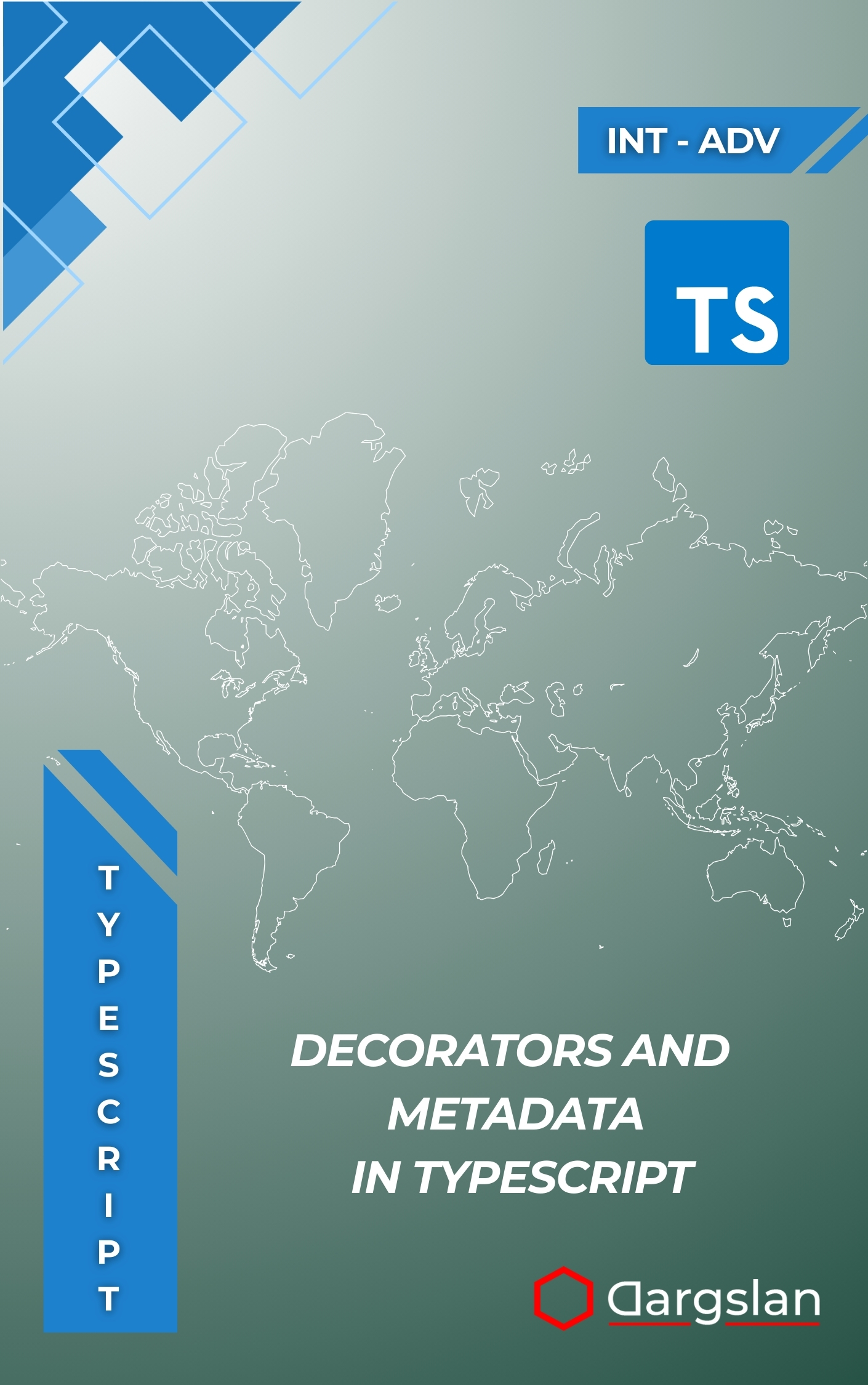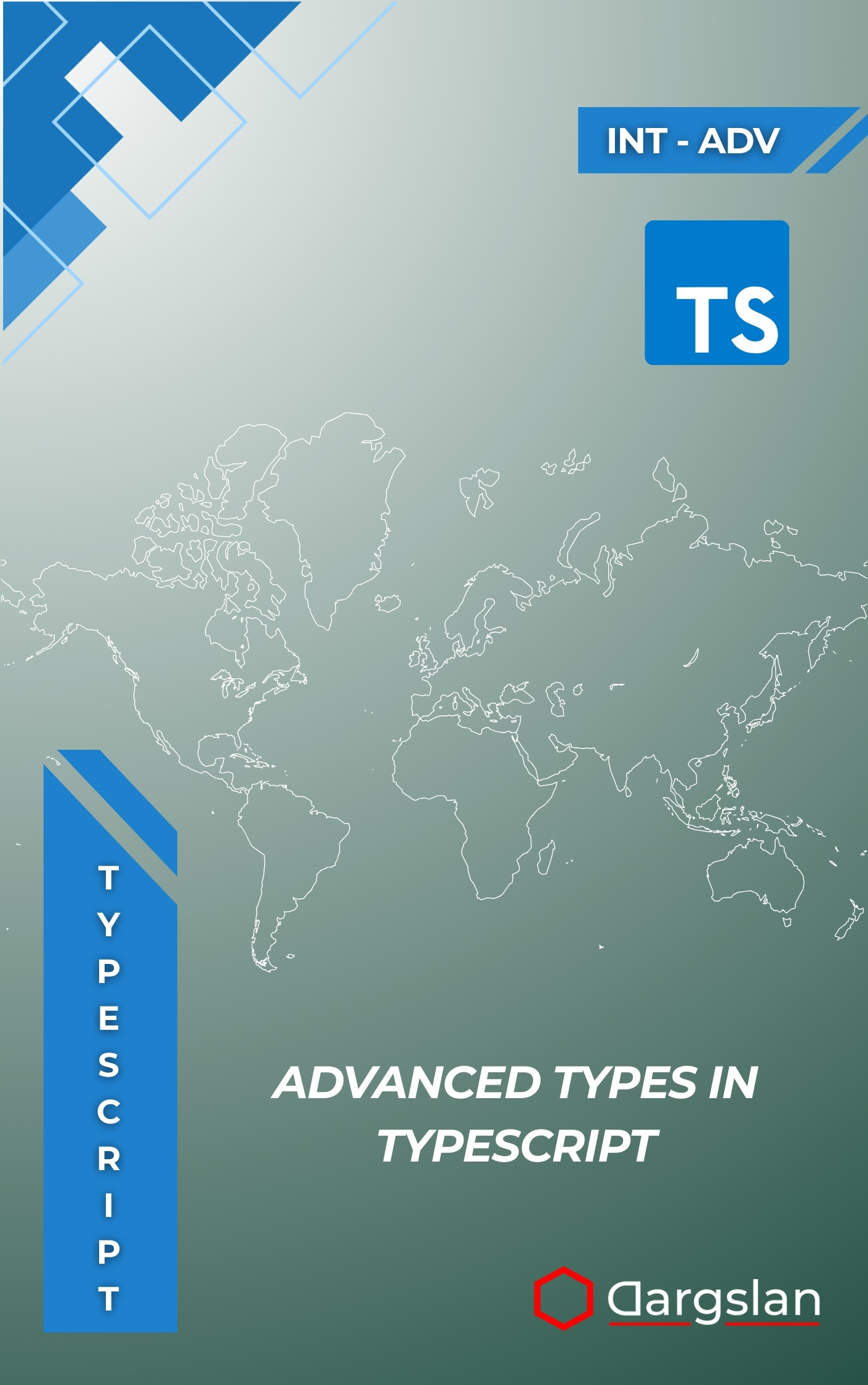Decorators and Metadata in TypeScript
TypeScript Decorators and Metadata,Use decorators to enhance TypeScript architecture and add dynamic functionality.

Leverage TypeScript Decorators and Reflect Metadata for Clean, Extensible Code Architecture
Overview
Decorators and Metadata in TypeScript is a practical, expert-level programming guide that shows you how to transform your applications with TypeScript decorators. As an IT book and technical book rooted in real-world use cases, it demonstrates how to apply declarative programming patterns to separate cross-cutting concerns, improve readability, and scale confidently across teams and codebases.
Inside, you’ll master the full spectrum of TypeScript decorators—Class decorators, Property decorators, Method decorators, and Parameter decorators—while learning exactly how the Reflect Metadata API powers framework-like behavior. Clear explanations and hands-on patterns take you from decorator fundamentals to advanced decorator factories, all while keeping TypeScript ergonomics and type safety front and center.
Leverage TypeScript Decorators and Reflect Metadata for Clean, Extensible Code Architecture as you implement dependency injection, validation systems, and HTTP routing, and study how Angular framework patterns and NestJS architecture use decorators to enable enterprise code architecture. You’ll also explore custom framework development, discover how to encode business rules with minimal boilerplate, and apply declarative programming patterns that accelerate delivery with maintainable abstractions.
Who This Book Is For
- TypeScript developers who want to go beyond syntax and build scalable services and front-end apps. If you’ve heard about TypeScript decorators but never used them confidently, this book will help you design cleaner modules, isolate cross-cutting concerns, and ship features faster with less code.
- Team leads, architects, and senior engineers seeking consistent patterns across large codebases. You’ll learn how to standardize metadata-driven conventions, introduce decorator-based dependency injection and validation, and guide your team through pragmatic refactors without disrupting delivery.
- Framework enthusiasts and library authors ready to create reusable tooling. If you’ve dreamed of building a mini-framework, this is your call to action: follow the guided project to craft production-ready decorators, metadata schemas, and extension points your whole organization can adopt.
Key Lessons and Takeaways
- Understand the decorator model inside and out. Learn when to use class, property, method, and parameter decorators, how to structure decorator factories, and how Reflect metadata unlocks composable behavior without polluting business logic.
- Apply decorators to real problems. Implement dependency injection for services and repositories, enforce validation systems at the model boundary, and design HTTP routing that reads like documentation while remaining strongly typed and testable.
- Architect with confidence. Build a cohesive, metadata-driven module layout, enforce consistent conventions at scale, and adopt patterns inspired by Angular and NestJS while tailoring them to your team’s domain and performance constraints.
Why You’ll Love This Book
The writing is clear, structured, and immediately useful, guiding you step by step from fundamentals to sophisticated patterns without hype or hand-waving. Each concept is backed by concise examples, testable snippets, and architectural diagrams that show how the pieces fit together.
You’ll see how leading frameworks leverage decorators, then replicate those strengths in your own code with practical guardrails. From error handling and performance tips to migration strategies and anti-patterns to avoid, you get a pragmatic playbook you can apply the same day.
How to Get the Most Out of It
- Follow the progression from basics to advanced topics. Start with the core principles of TypeScript decorators, move into the Reflect Metadata API, and then dive into decorator factories and composition before tackling the mini-framework build.
- Apply concepts to a real codebase as you read. Introduce a small decorator layer for logging or caching, then add validation and dependency injection; keep notes on how these patterns replace ad-hoc utilities and reduce repetitive glue code.
- Complete the mini-projects to cement learning. Implement a DI container with metadata, create a validation pipeline for DTOs, build a minimal HTTP routing layer, and benchmark the impact to ensure your abstractions remain fast and predictable.
Get Your Copy
Ready to streamline your architecture, reduce boilerplate, and unlock framework-level power with TypeScript decorators and metadata? Level up your skills and bring elegance to every layer of your app.




